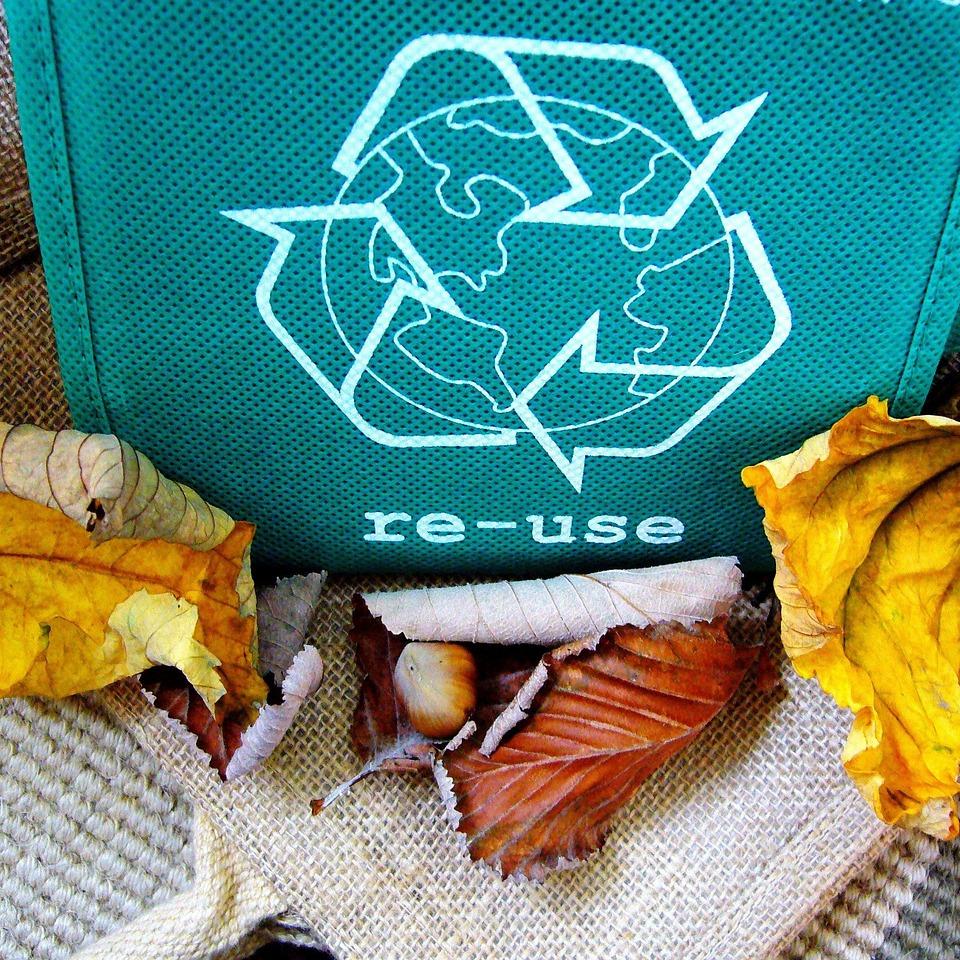Zero-Waste Living: How to Reduce Your Household’s Environmental Impact
The concept of zero-waste living is rapidly gaining momentum. The movement focuses on reducing the waste produced on a daily basis, emphasizing the need for sustainable living practices. By adopting a zero-waste lifestyle, households can significantly reduce their environmental impact, contribute to the conservation of resources, and help combat climate change. Here’s how you can start this transformative journey towards a more sustainable home.
Understanding Zero-Waste Living
At its core, zero-waste living is about rethinking the way we consume and dispose of products. It involves striving to send no waste to landfills or incinerators, thus creating a closed-loop system similar to nature's cycles. While achieving absolute zero waste can be challenging, the goal is to move closer to it by minimizing waste output and maximizing resource efficiency.
The Five R’s of Zero-Waste Living
To embark on a zero-waste journey, consider the five R’s: Refuse, Reduce, Reuse, Recycle, and Rot.
-
Refuse: Start by refusing items you do not need. This means saying no to single-use plastics, unnecessary packaging, and promotional freebies that eventually contribute to waste.
-
Reduce: Be mindful of your consumption habits. Purchase only what you truly need, and focus on quality items that are durable and long-lasting.
-
Reuse: Before discarding items, think of creative ways to repurpose them. Opt for reusable products, such as cloth shopping bags, stainless steel water bottles, and glass food storage containers.
-
Recycle: While recycling should not be the primary solution, it is still crucial. Familiarize yourself with your local recycling guidelines to ensure that you are recycling correctly.
-
Rot: Composting organic waste can drastically cut down on the amount of garbage your household generates. Compost kitchen scraps and yard waste to enrich the soil and reduce methane emissions from landfills.
Practical Tips for a Zero-Waste Household
-
Conduct a Waste Audit: Analyze your current waste generation patterns. This will help you identify major sources of waste and find targeted solutions.
-
Adopt a Minimalist Approach: Embrace minimalism to reduce clutter and consumption. Prioritize experiences over material possessions, and aim for quality over quantity.
-
Make Conscious Purchases: Support companies and products that adhere to sustainable practices. Look for items with minimal, eco-friendly packaging or, even better, packaging-free alternatives.
-
DIY Household Products: Create your own cleaning supplies and personal care products using natural ingredients like vinegar, baking soda, and essential oils.
-
Start a Home Garden: Grow your own fruits, vegetables, and herbs. This reduces reliance on store-bought goods that often come with excessive packaging.
-
Invest in Reusables: From menstrual products to cleaning cloths, there are reusable options for most single-use items available today.
Encouraging Community Involvement
While individual efforts are vital, community involvement amplifies the impact of zero-waste initiatives. Participate in local clean-up events, support farmers' markets, and share knowledge and resources with your neighbors. By fostering community awareness, you contribute to a broader cultural shift towards sustainable living.
Conclusion
Transitioning to a zero-waste lifestyle is a journey that involves commitment and consistent effort. While it may seem daunting initially, implementing incremental changes can lead to significant environmental benefits. By embracing zero-waste principles in your household, you not only contribute to a healthier planet but also enjoy a more intentional and environmentally conscious lifestyle. Remember, every small action counts, and together, we can pave the way for a more sustainable future.






















